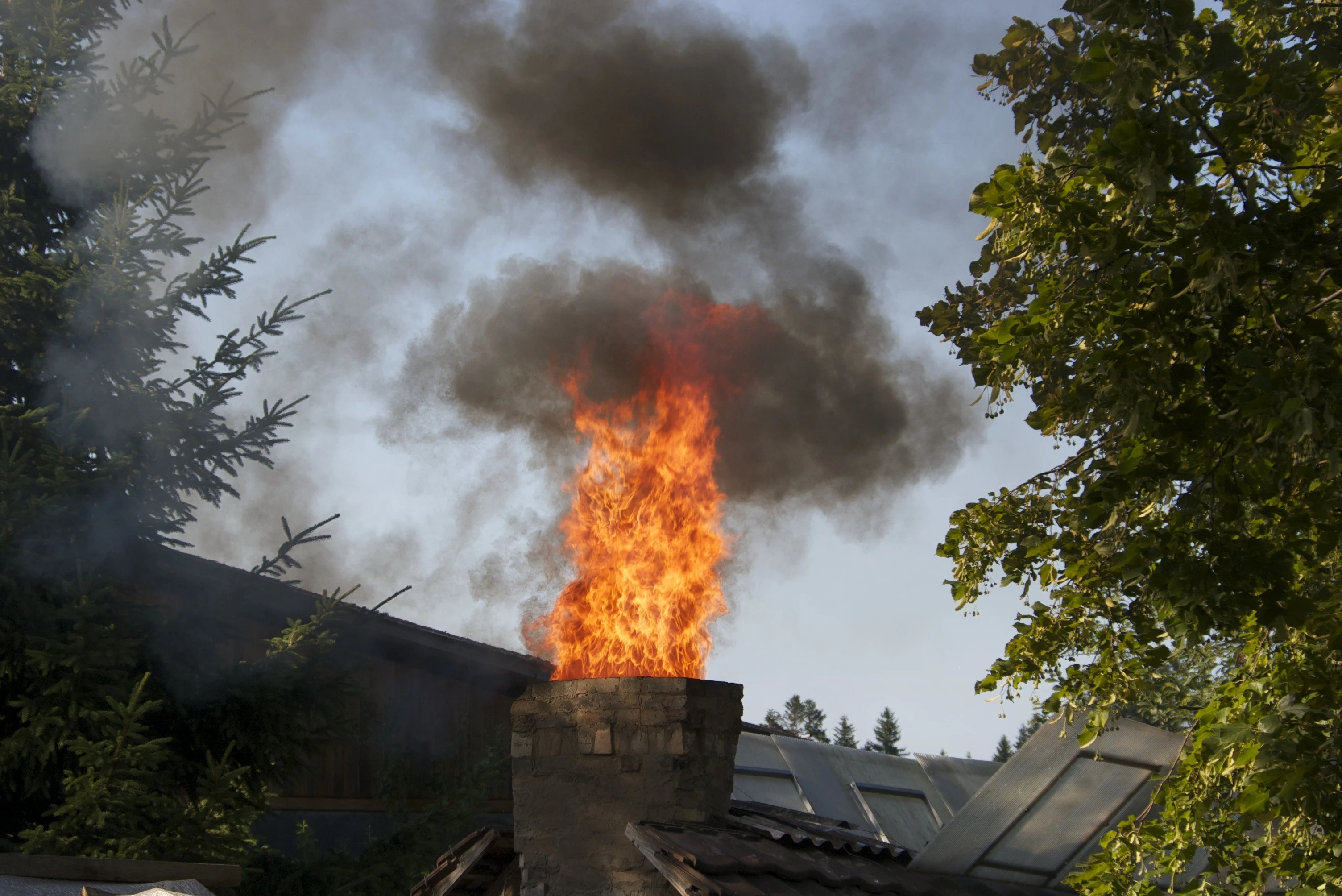Introduction:
A cozy fire crackling in the fireplace on a chilly evening is one of life's simple pleasures. However, without proper care and maintenance, that same fireplace can become a potential hazard in your home. Chimney fires are a serious concern that can lead to devastating consequences. In this guide, we'll explore essential steps you can take to prevent chimney fires and ensure the safety of your home and loved ones.
Understanding Chimney Fires:
Chimney fires occur when the buildup of creosote, a highly flammable substance, ignites within the chimney. Creosote forms as a result of incomplete combustion of wood and other fuels. Over time, this residue accumulates on the interior walls of the chimney, increasing the risk of a fire. Chimney fires can be extremely dangerous, potentially causing extensive damage to your home, endangering lives, and releasing harmful toxins into the air.
Regular Chimney Inspections:
Schedule an annual chimney inspection by a certified professional. A thorough inspection will identify any signs of damage, creosote buildup, or other issues that may pose a fire risk. Regular inspections allow you to address problems early before they escalate into dangerous situations.
Professional Chimney Cleaning:
Having your chimney professionally cleaned on a regular basis is crucial for preventing creosote buildup. A chimney sweep will use specialized tools to remove the accumulated residue, reducing the risk of ignition. This step is particularly important if you frequently use your fireplace or wood-burning stove.
Proper Fuel Usage:
Use only dry, seasoned firewood in your fireplace or wood-burning stove. Wet or green wood produces more creosote and burns less efficiently, increasing the risk of buildup within the chimney. Additionally, avoid burning materials such as cardboard, trash, or treated wood, as they can release dangerous chemicals and accelerate creosote formation.
Maintain Appropriate Temperatures:
Aim for a steady, moderate burn when using your fireplace. Fires that are too cool or too hot can contribute to creosote buildup. Avoid smoldering fires and instead build small, hot fires that burn cleanly and produce less residue.
Install a Chimney Cap:
A chimney cap with a spark arrester helps prevent debris, animals, and rainwater from entering the chimney. These external factors can contribute to creosote buildup and increase the fire risk. A chimney cap also helps contain sparks, reducing the potential for igniting nearby materials.
Monitor Smoke and Draft:
Pay attention to the color and density of the smoke exiting your chimney. Abnormal smoke may indicate improper combustion and an increased risk of creosote formation. Additionally, if you notice a lack of draft, it's essential to address the issue promptly, as poor airflow can lead to creosote buildup.
Educate Family Members:
Ensure that all members of your household understand the importance of safe fireplace practices. Teach children about the dangers of playing near the fireplace and establish clear guidelines for fire safety.
Conclusion:
Preventing chimney fires requires a combination of regular maintenance, responsible fuel usage, and proper burning techniques. By following these essential steps, you can enjoy the warmth and comfort of your fireplace while keeping your home and loved ones safe from the threat of chimney fires. Remember, investing time and effort into chimney care today can save you from the devastating consequences of a preventable disaster tomorrow.
 Introduction:
Introduction:








0 comments